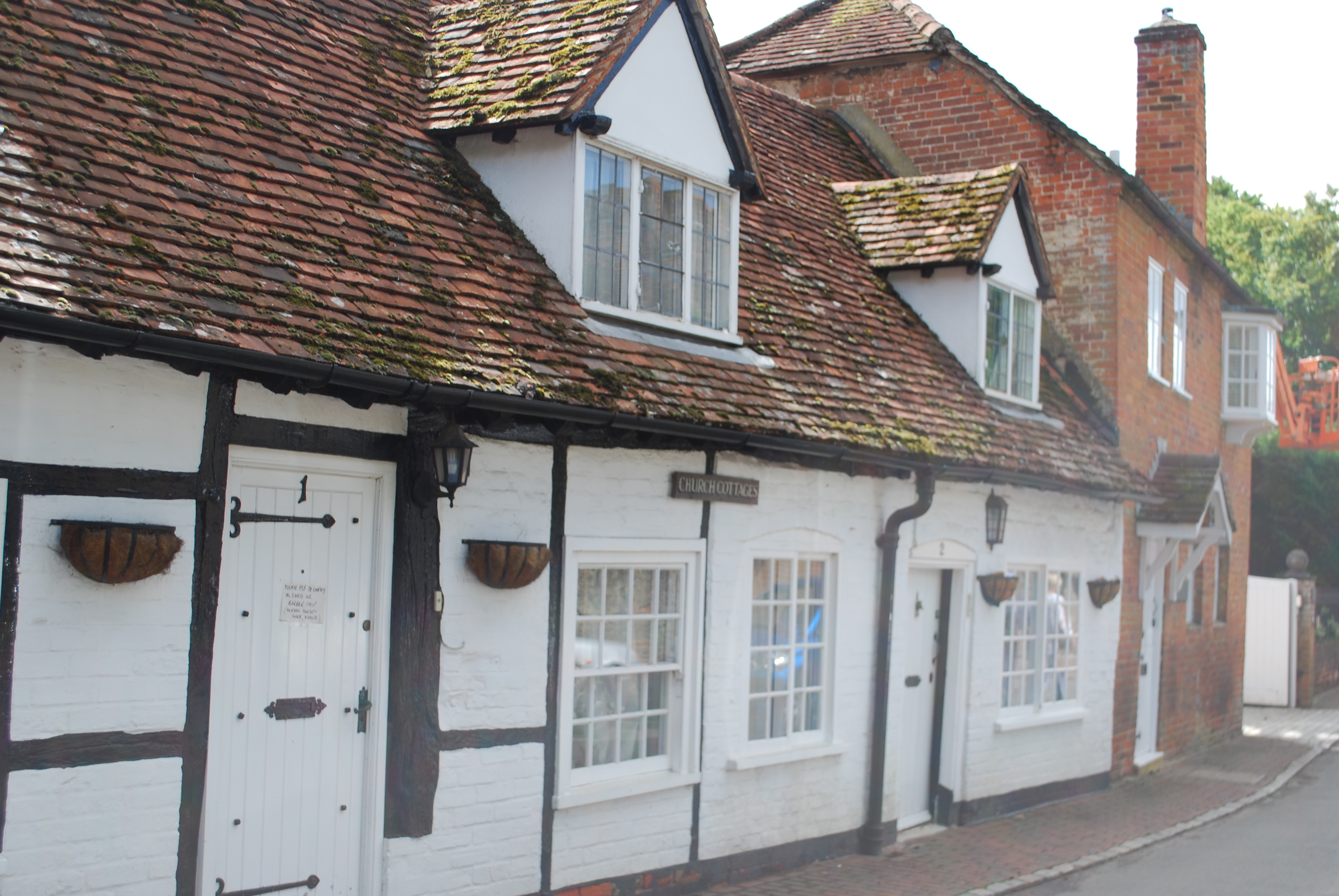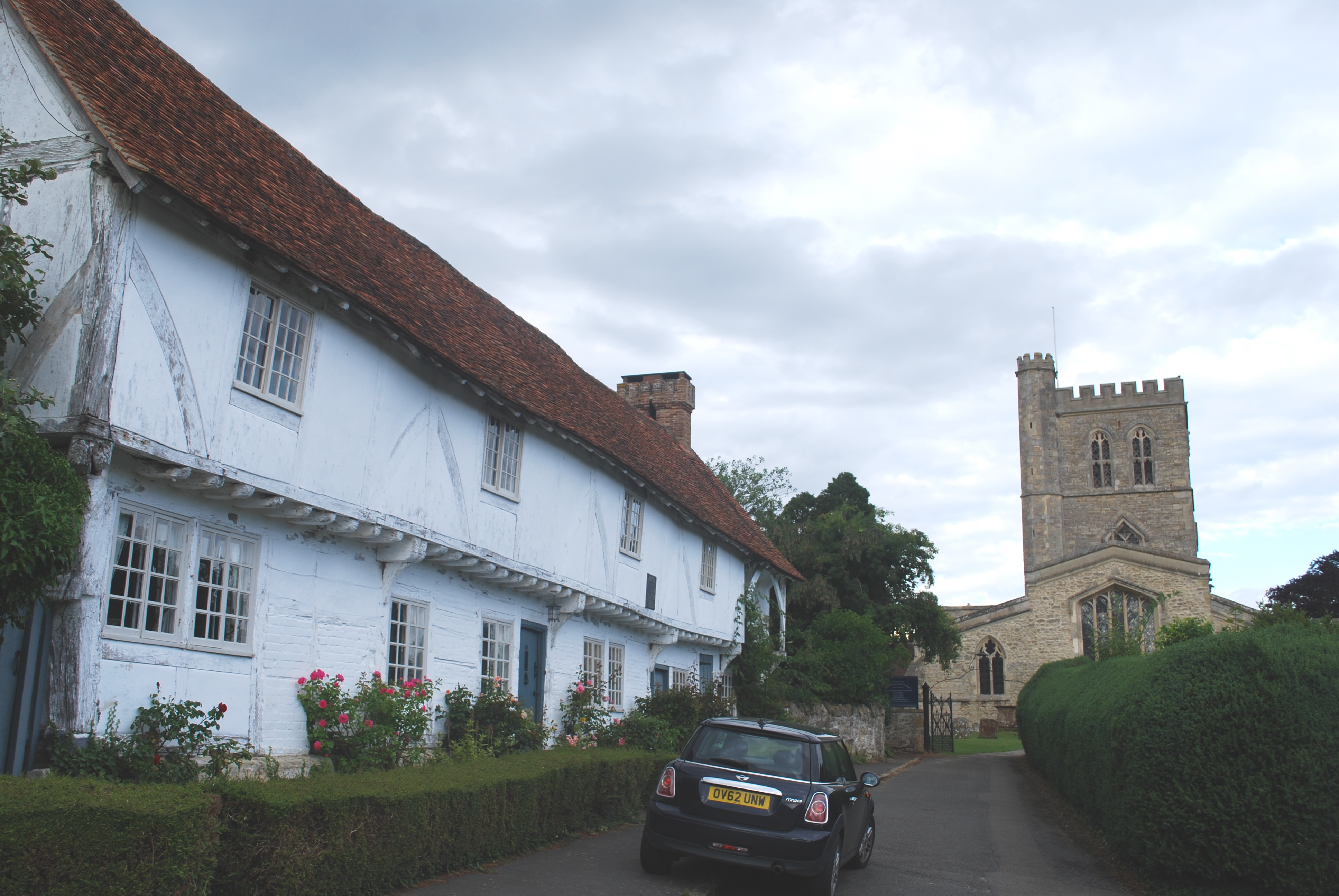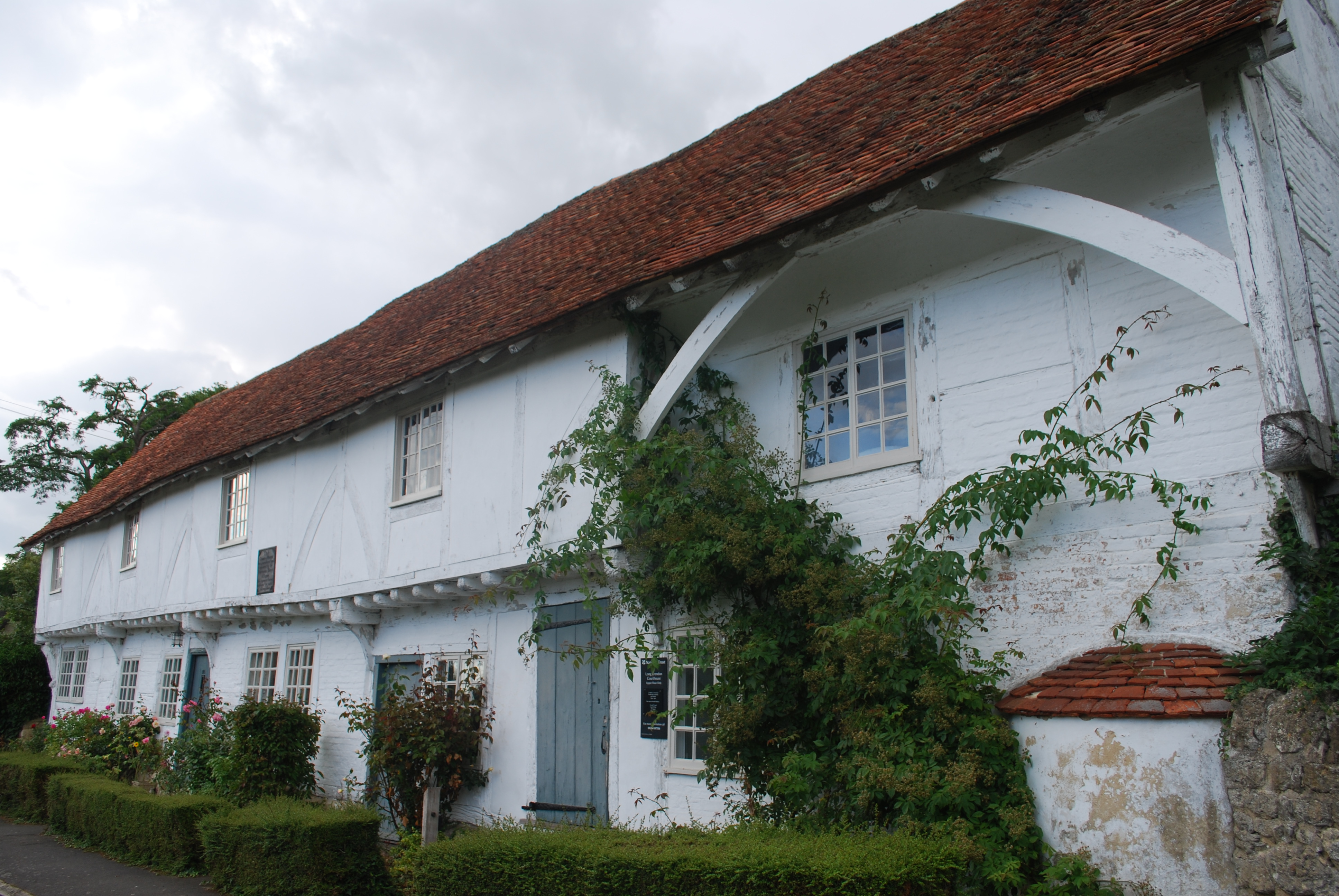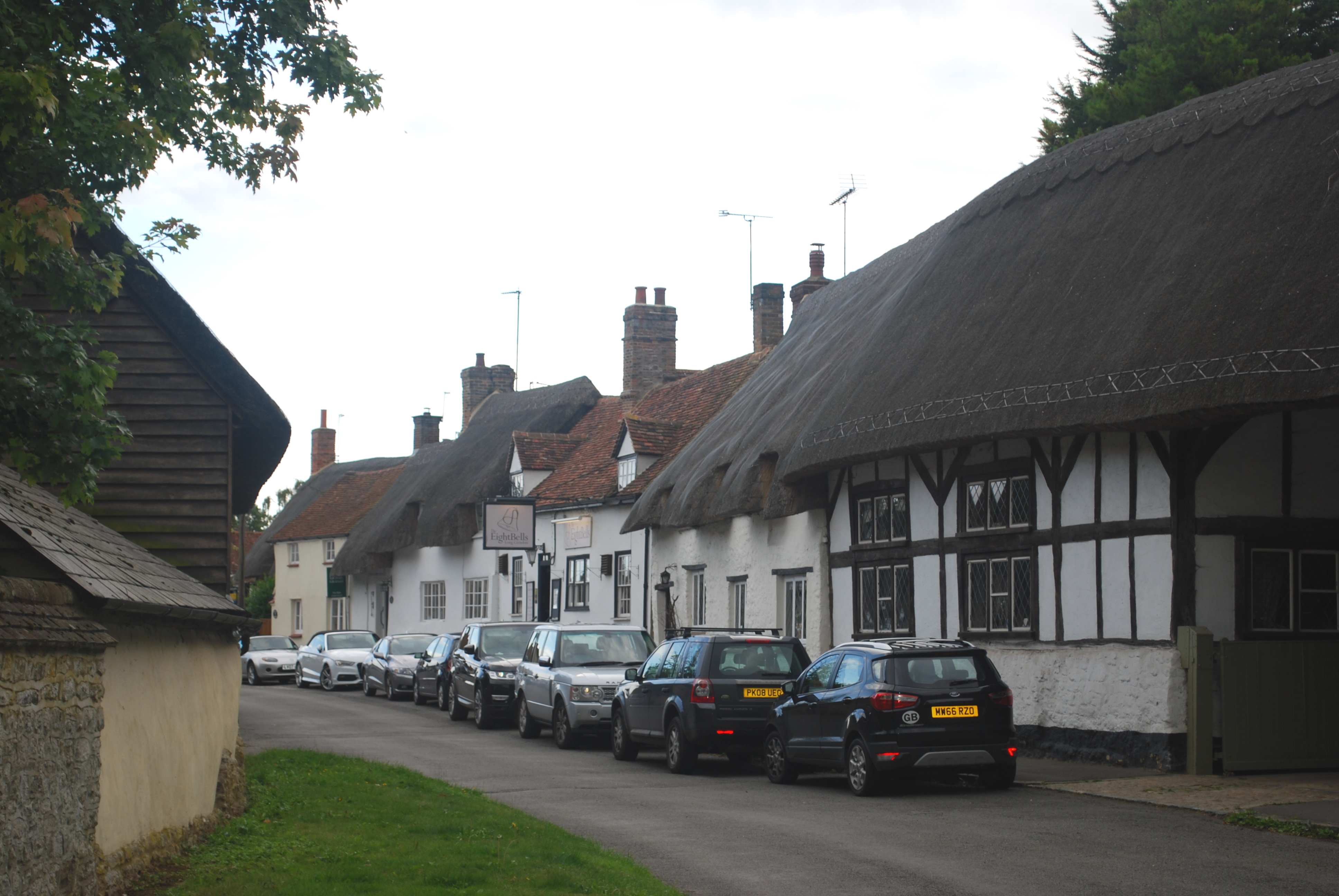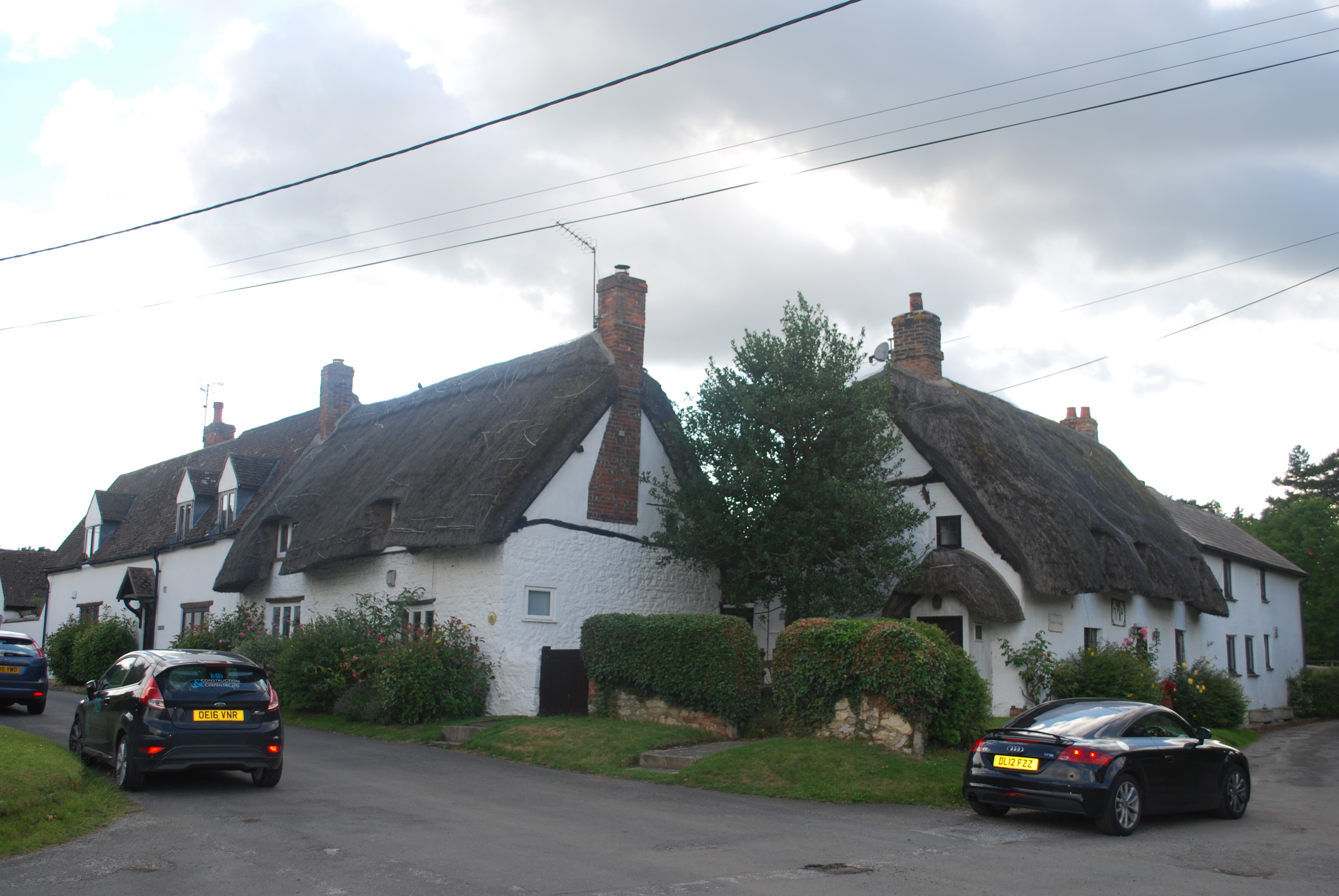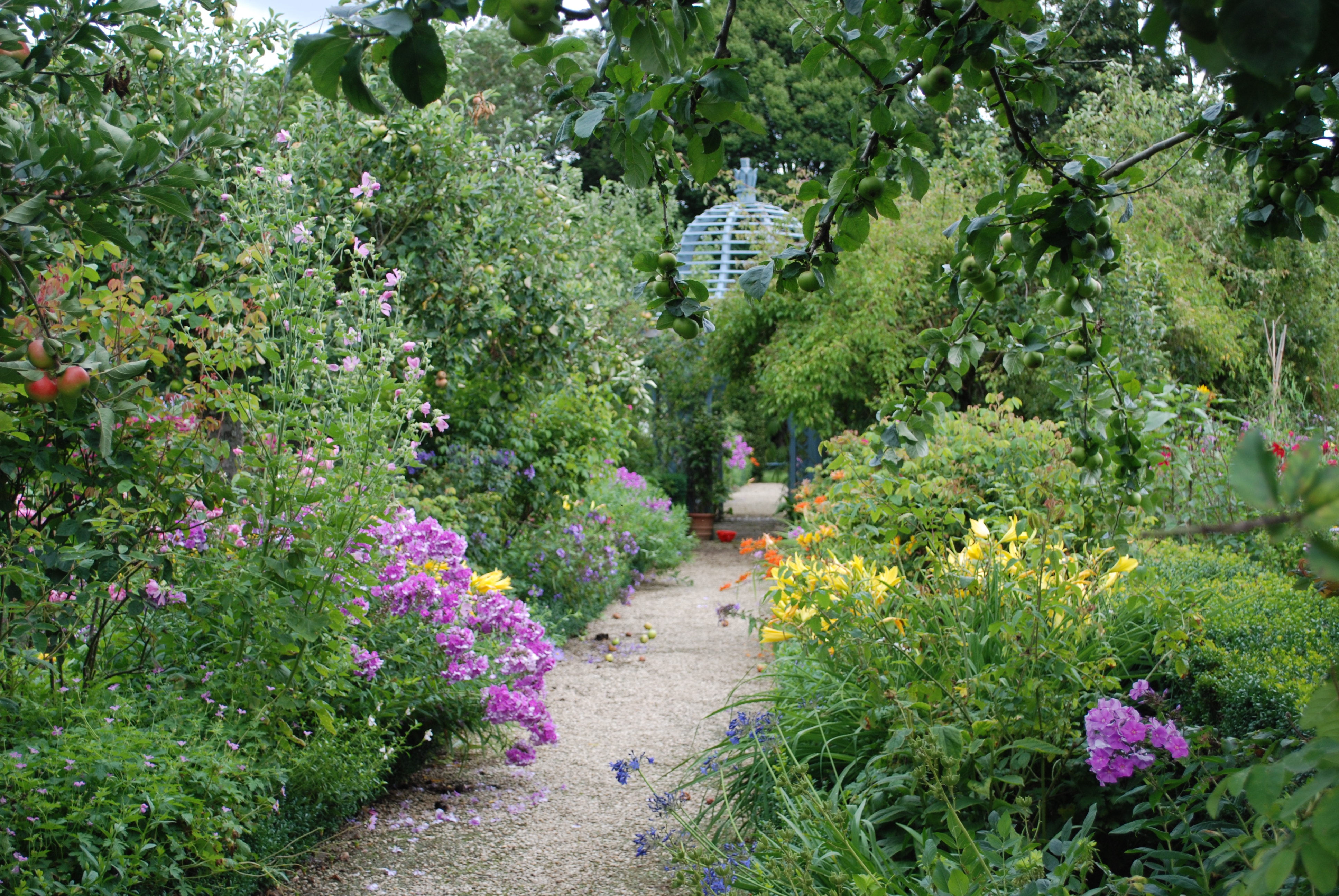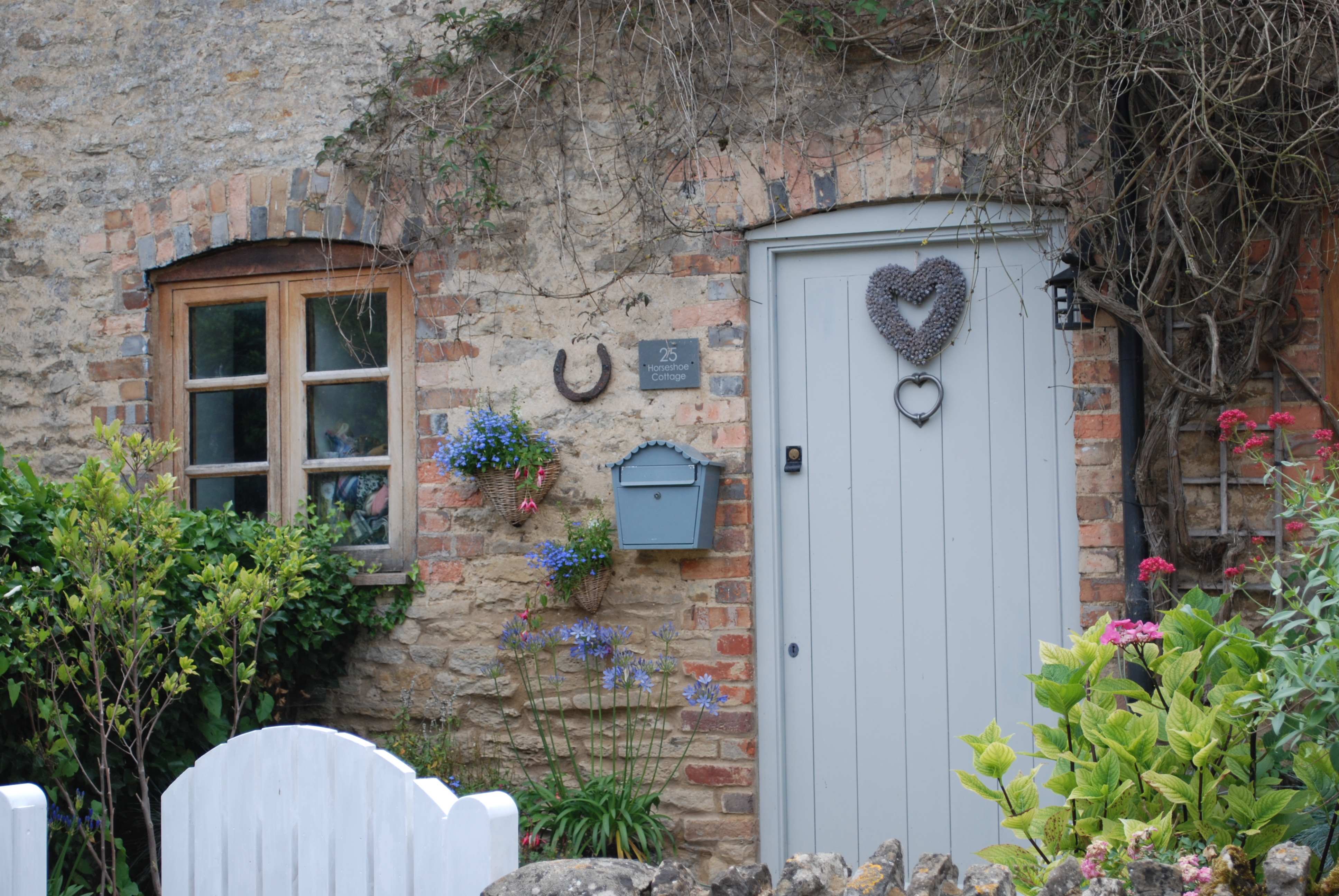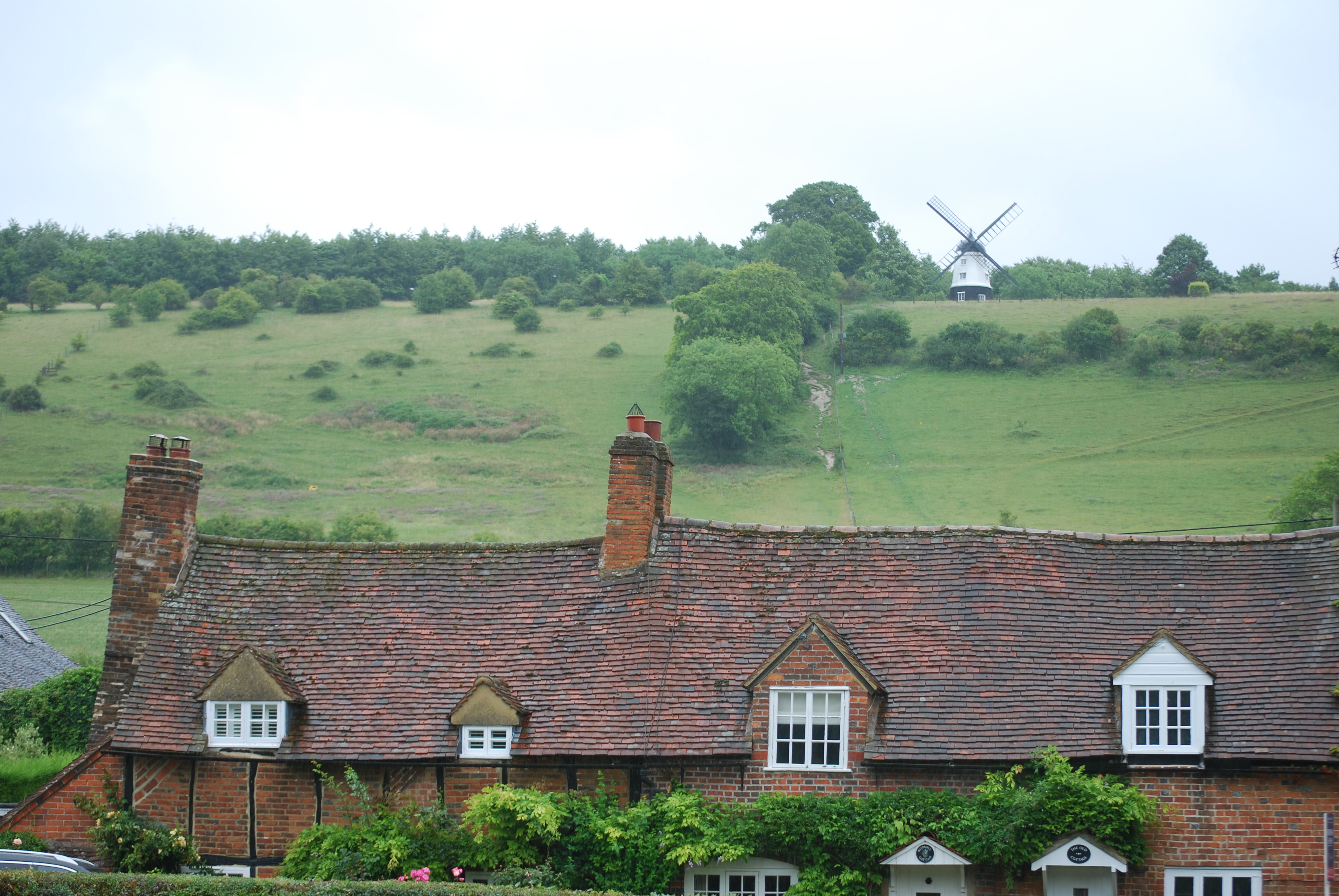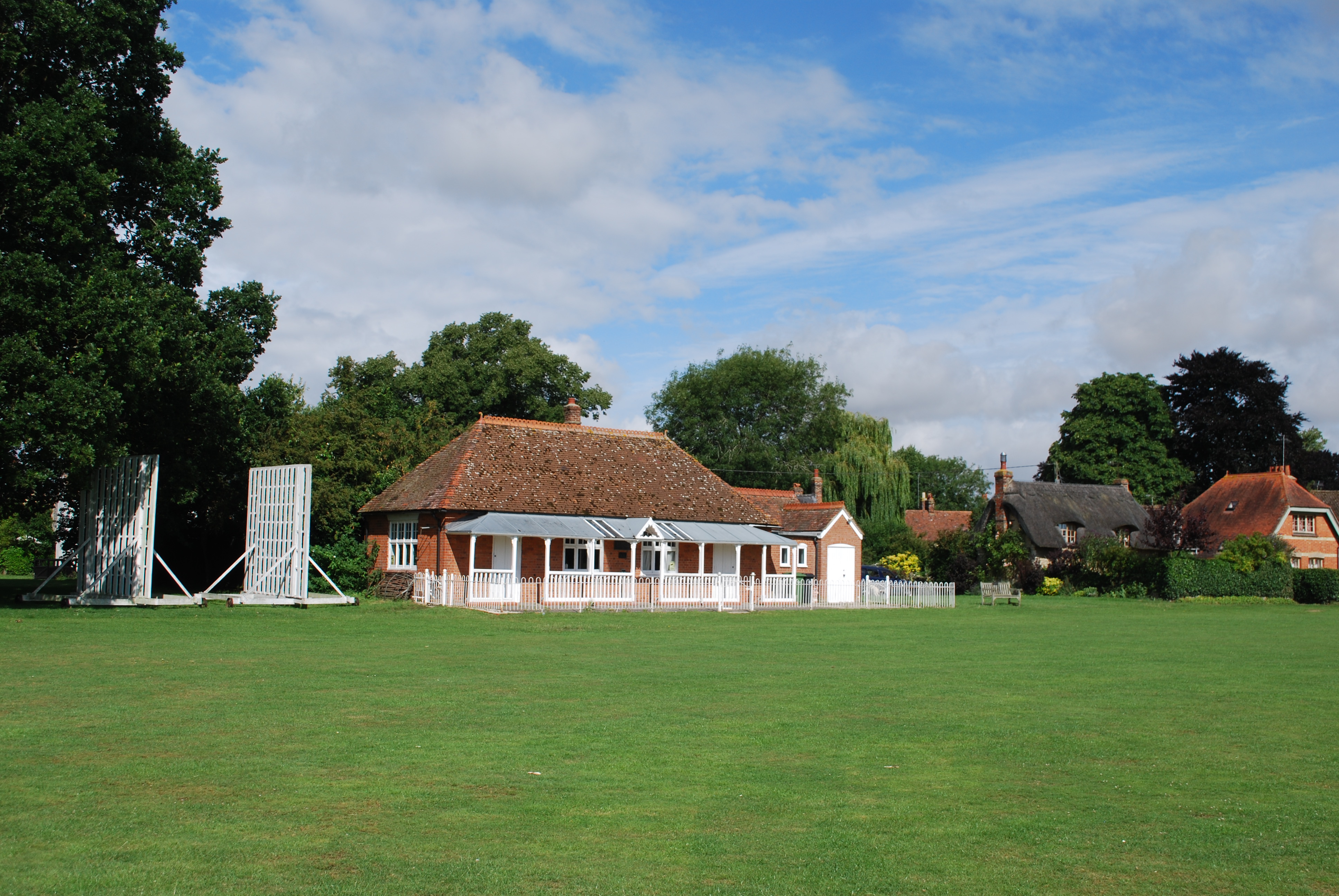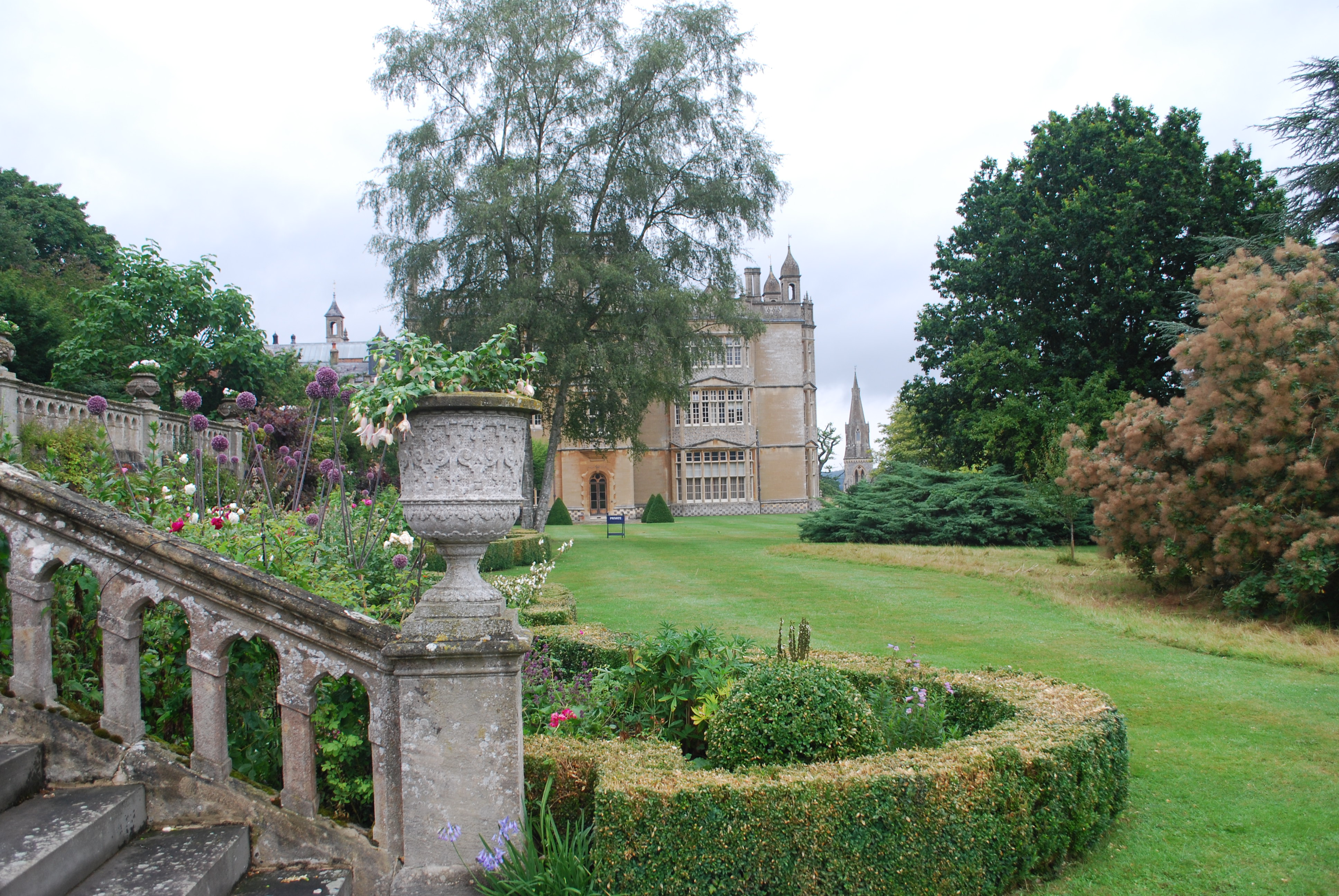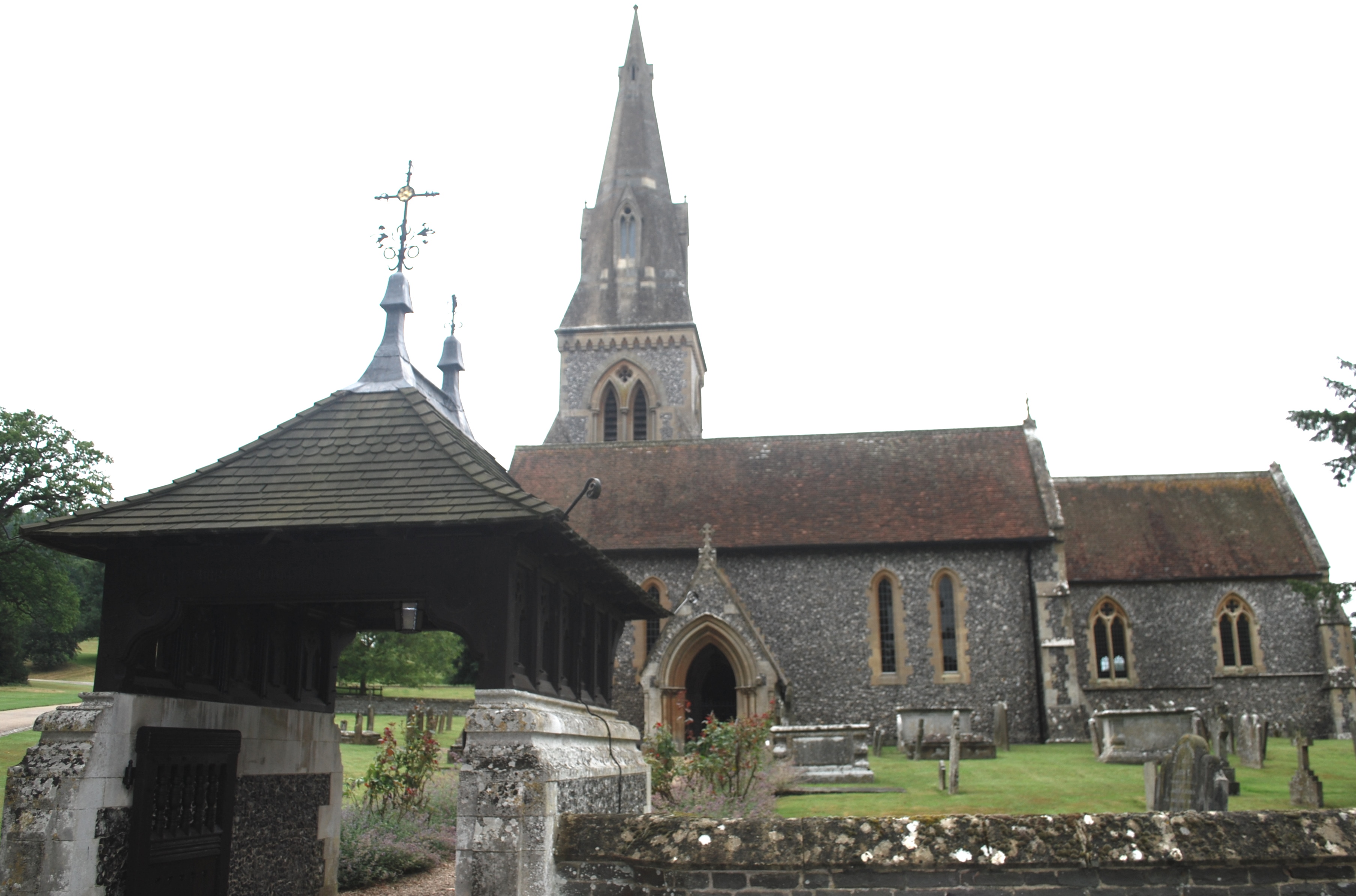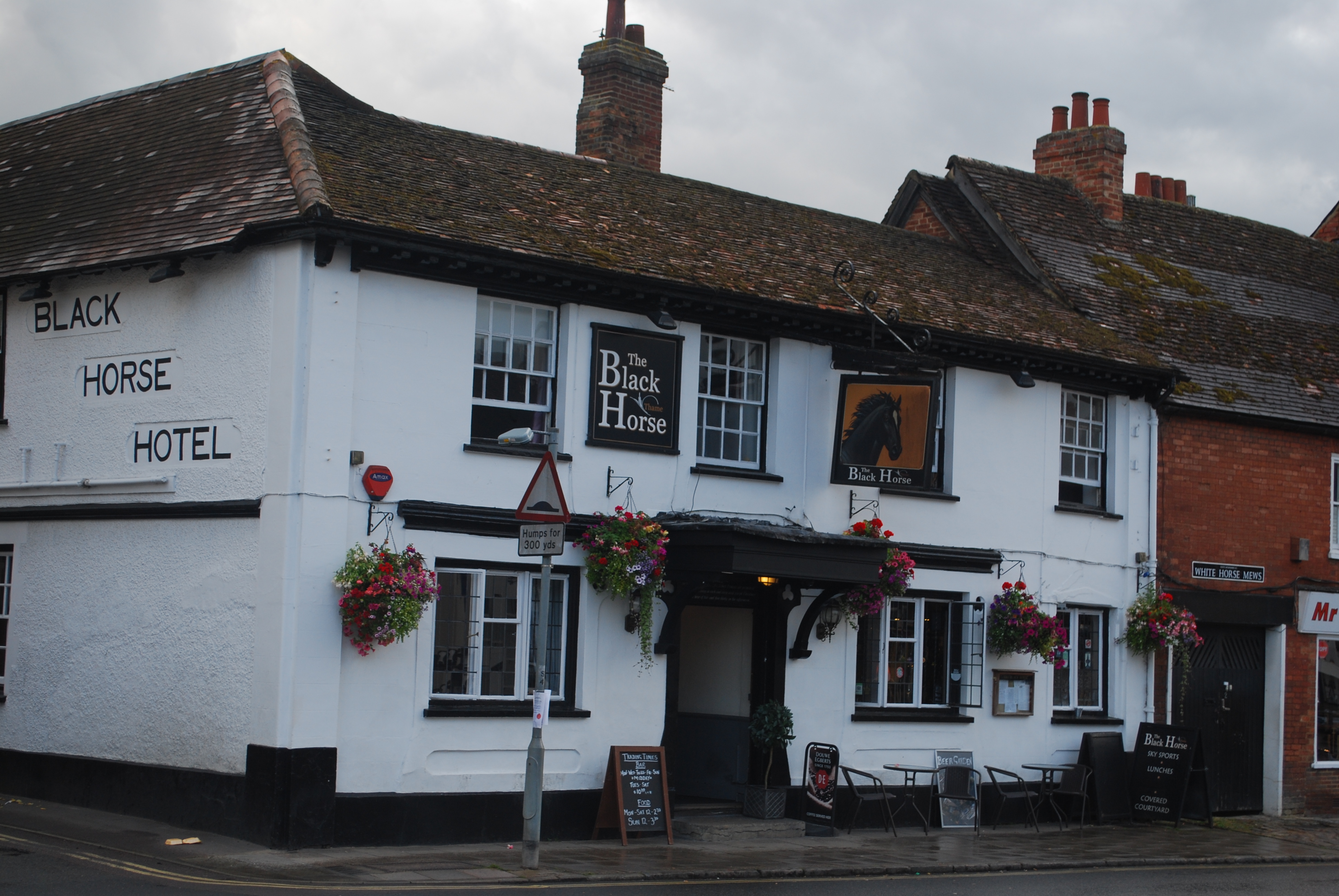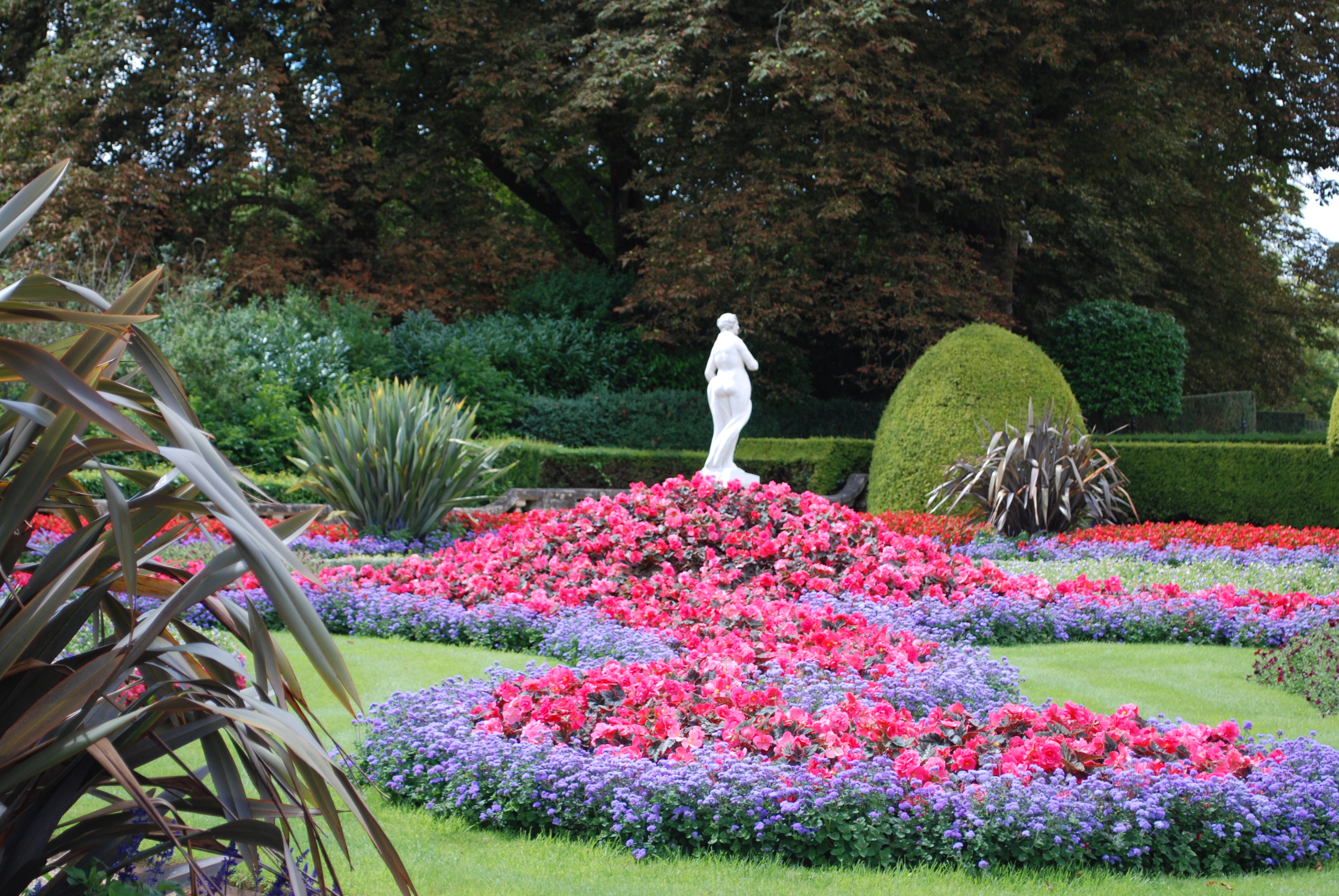... for Jennifer('s Books), Moonlight Reader, Portable Magic, and every other fan of the Midsomer Murders series ... or of the English "litscape" at large.
In their comments on Mike Finn's review of Ngaio Marsh's Scales of Justice, MR and PM said that England, to them, is more litscape than landscape, and Mike responded that to a certain extent, all Englands are fictional. It's perhaps not surprising, then, that so many producers of screen adaptations of English literature fashion the "look" of the books they are adapting from what Britain really does have to offer in terms of period visuals and other locations associated with the book(s) being adapted. In exactly this way, too, the creators of the Midsomer Murders TV series have fashioned an idealized version of Caroline Graham's fictional Midsomer County out ot the very real villages and towns of the so-called "Home Counties" to the south and west of London, particularly in Buckinghamshire, Berkshire and Oxfordshire.
I've been trying to make bits and pieces of the English (or rather, British) "litscape" part of my visits to the UK for a number of years now. At the beginning of my 2017 trip, armed with several excellent guidebooks and garnished with the full range of the typical English summer weather (from blazing heat to torrential showers and everything in between), I took a couple of days to tour the area. I initially thought of sharing some of the photos from that visit chiefly with Jennifer, to say thank you for her many beautiful arts posts (particularly in recent weeks) and because we're both fans of the series and have been chatting about it lately, but MR's and PM's comments -- and MR's suggestion of an "English litscape" reading project -- made me think that maybe others would enjoy them as well.
So here are a few impressions from the real-life "Midsomer" villages when they're not busy pretending to be Midsomer villages. (Or, indeed, any other -- ostensibly -- quintessentially "English" bit of "screen litscape": Several of these locations will also look familiar to fans of Poirot, Miss Marple, Inspector Morse, Foyle's War, Doctor Who -- various incarnations of the Doctor --, The Vicar of Dibley, and a number of other British TV series or, indeed, big-screen movies.)
(Note: Due to the number of locations and photos, I've decided to split this up into three posts to make it load (a bit) faster.)
Little Missenden (Bucks.)
This is thought to be the spiritual home of Caroline Graham's Midsomer Murders, and it was also one of the filming locations for TV series's first episode (an adaptation of the first book), The Killings at Badger's Drift.






The Red Lion pub, which appears under its own name in the episode Destroying Angel and under two different aliases in Who Killed Cock Robin? and Talking to the Dead.
Wallingford (Oxfordshire)
To Midsomer Murders fans, also known as Causton -- particularly so, the area around the market square, the Thames bridge, and of course the Corn Exchange, which features as the Causton Playhouse in Death of a Hollow Man, Strangler's Wood, Death's Shadow, and Death of a Stranger.



The Lee (Bucks.)
One of several villages that appeared in numerous episodes, including (in this case) The Killings at Badger's Drift, Death of a Hollow Man, Death's Shadow, Death ofa Stranger, Painted in Blood, and Death in a Chocolate Box.





The Cock and Rabbit pub, a frequent hangout of Barnaby and Troy in the early episodes (e.g., in Painted in Blood).
Beaconsfield (Bucks.)
Littered with historic buildings, several of which have been turned into all manner of businesses in the series.



Barnaby meets Miss Richards in this tea house in the episode Blue Herrings. (In season 11, it became the Midsomer Constabulary.)

The old rectory became the office of Max Jennings's secretary Barbara in Written in Blood.

The church featured in the episodes Four Funerals and a Wedding, and Ghosts of Christmas Past.
Little Marlow (Bucks.)
Little Marlow became the village of Morton Fendle in Faithful Unto Death; among the buildings featured in addition to several cottages are the village church and the Queen's Head pub. Some of the cottages also reappear in Ring Out Your Dead, Tainted Fruit, and Sauce for the Goose.
 n
n


Nether Winchendon (Bucks.)







Nether Winchendon House -- and grounds -- became the Lodge of the Golden Windhorse in Death in Disguise, as well as Lynton Pargeter's Home ("The Priory") in Talking to the Dead, and the grounds also featured in Garden of Death.
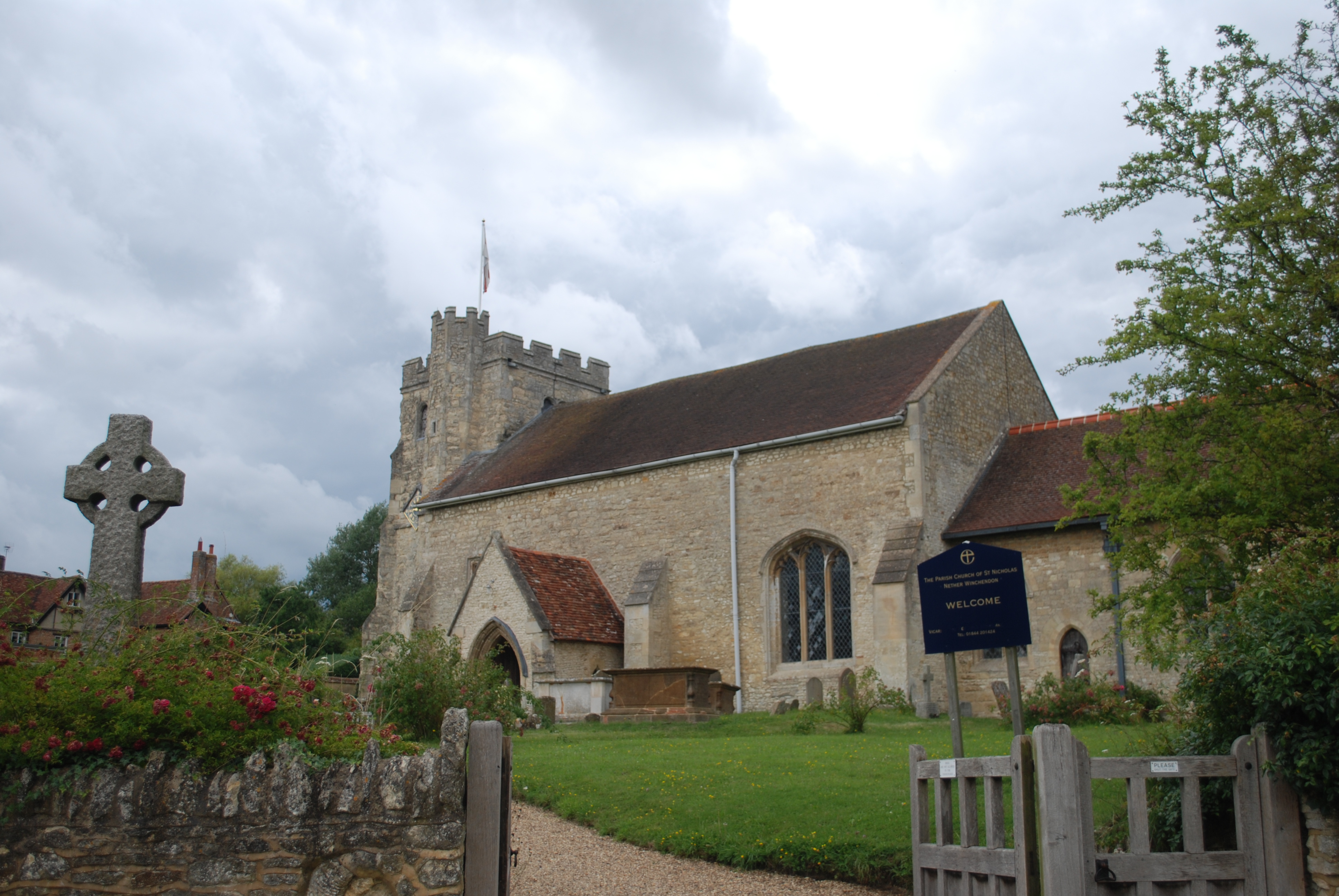
The parish church made an appearance in Things That Go Bump in the Night.
Cuddington (Bucks.)
A village that has won several "best kept village" awards and thus, practically a born setting for the fictional Midsomer County.

Barnaby and Troy set up their incident room in the village hall in Death of a Stranger. In Death and Dreams, it becomes the band's headquarters; in Bad Tidings it is the location of the "Spanish evening" at the beginning of the episode.

The traditional shop-plus-post office is featured in Death of a Stranger, as well as in Talking to the Dead, where it becomes a spiritualist's shop named Paradorma.

Barnaby picks up Cully (arriving by coach) outside the Crown pub in Death in Disguise.

In Shot at Dawn, Barnaby visits the graves of Douglas Hammond and Thomas Hicks in the Cuddington church graveyard.


Littlewick Green (Berks.)





The village green and village hall (scoreboard and all) were used for the cricket scenes in Dead Man's Eleven. The Barnabys also go house hunting here in the same episode, and some of the cottages appeared again in A Talent for Life and The Animal Within.

 Log in with Facebook
Log in with Facebook 













